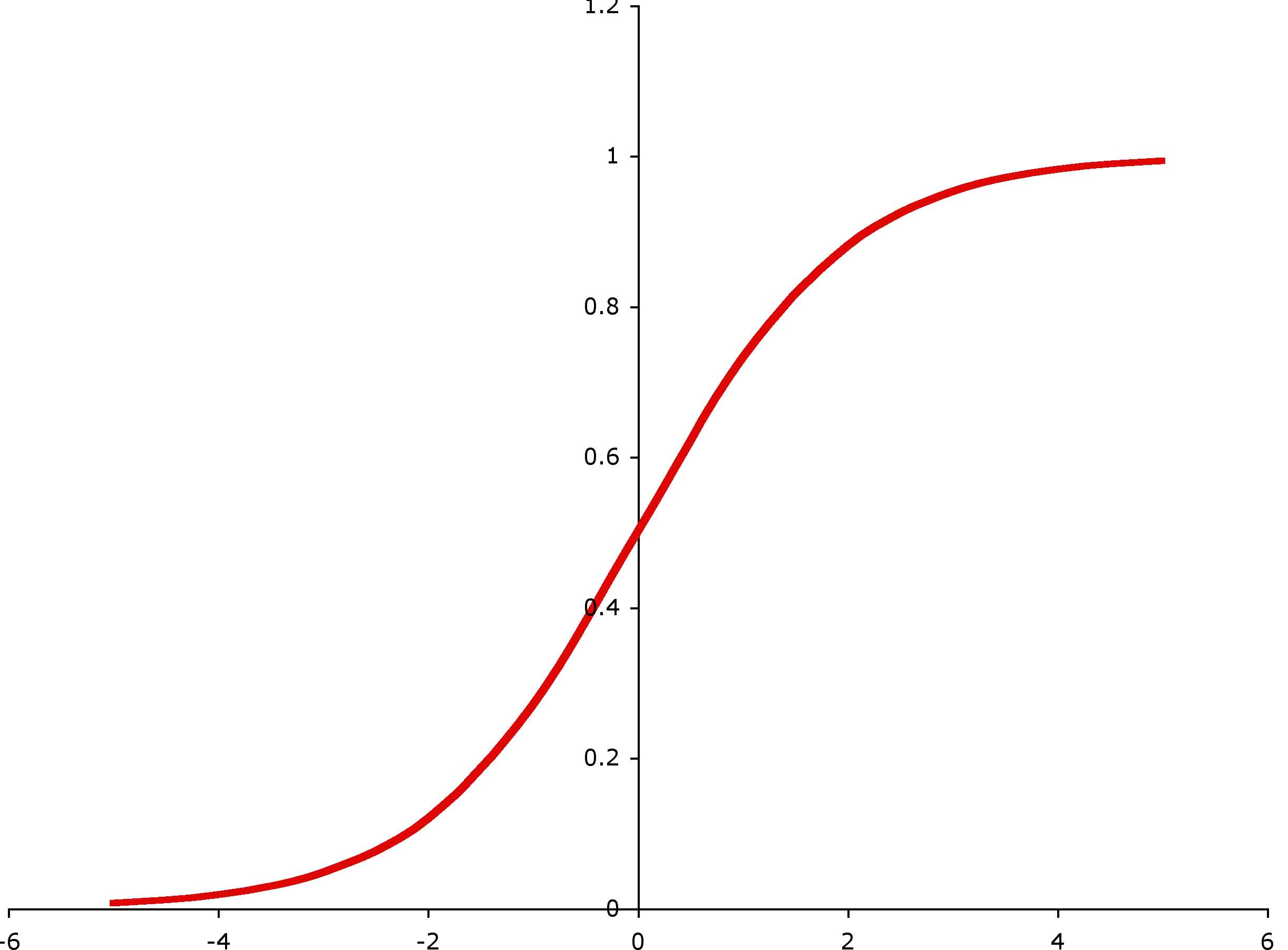One popular psychological strategy is to set small goals or start slowly. This strategy usually fails from the lack of meaningful progress despite having achieved several small goals(*). There is a good reason for this. The S-curve or logistic function is a useful model for understanding why this strategy rarely brings the intended results.

DW was kind enough to plot this sigmoid for me.
The increase in productivity is proportional to the current productivity (pretty low to the left) and it is proportional to the potential for further productivity (currently very high). This makes sense first of all because if you are already productive you can more easily become more productive by building on what you already have and second of all when the potential is high, then there’s is no holding back. Conversely, if your productivity is very high (upper right corner), then your potential for further productivity is low (the curve is not rising very fast anymore), and you will not become much more productive despite your efforts (going further to the right). This is the main point of the pareto principle and one of the key principles of The 4-Hour Workweek — of course to work only 4 hours a week one has to be very productive in the first place.
Here’s an equation for the geeks

What it says, is that with few resources, the ability to change will be proportional to the resources. This is like compound interest. Compound interest in itself never made anyone rich. Invest $1 at 8% and wait 30 years and get $10. This is nothing. But invest $100,000 at 8% for 30 years and a $1,000,000 obtains. That is real money. To get anywhere it is thus very importantly to build up resources as fast as possible. Setting small goals in this situation is a guaranteed way of not seeing results very fast. Conversely putting in a large effort is a guaranteed way of seeing immediate and growing returns.Once a base has been built, motivation should come automatically. At the middle of the curve where there is a linear relation between effort and results. Work more and get more results. Work less and get less results. In other words, this is the stage where extra effort is rewarded more than it was in the beginning. Better reach this stage as fast as possible, because starting too slow makes people give up more often than not.
With further effort, the productivity ceiling starts to kick in due to limits of resources, customers, responsibilities, market size, etc. You might have found yourself with a job description that could be done in 3 hours even though you nominally had to work 8. In that case you know what I mean about reaching the productivity ceiling. In such a case it makes little sense to increase work effort by 25% if the return only increases by 5%. In such a case it is better to start additional projects or look for more responsibility.
So there it is. Almost all undertakings work like a S-curve going from the lower left to the upper right. It is important to embed this curve in your thinking because it includes the ideas of compound growth as well as the law of diminishing returns. Understanding this curve reveals that by sheer scale that setting small goals to get started will not accomplish much. Most likely there will be a few weeks of half hearted effort and the project will be dropped because it did not seem to make any difference anyway. Instead put in a large effort in the beginning and keep going until returns are linear (in the middle). Keep going as long as you see linear growth. When this growth starts tapering off it is time to set different (not larger) goals rather than keep racing for very little returns.
Originally posted 2008-01-25 07:11:01.

